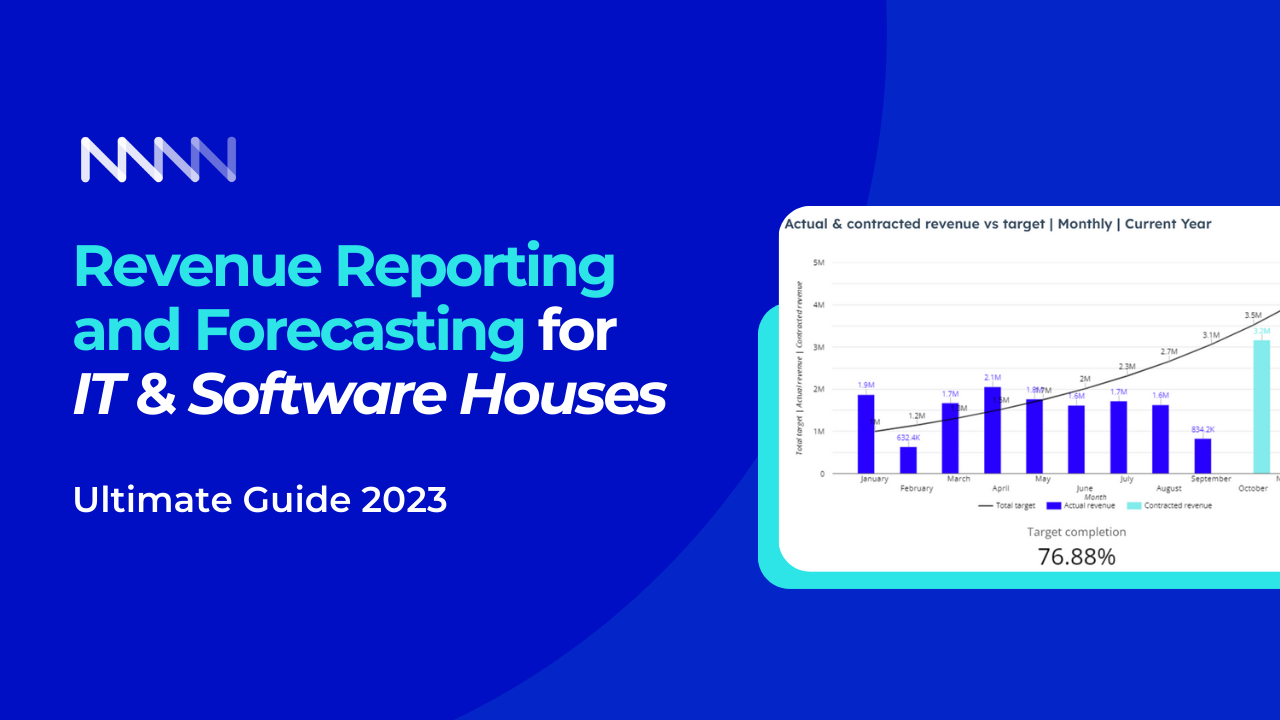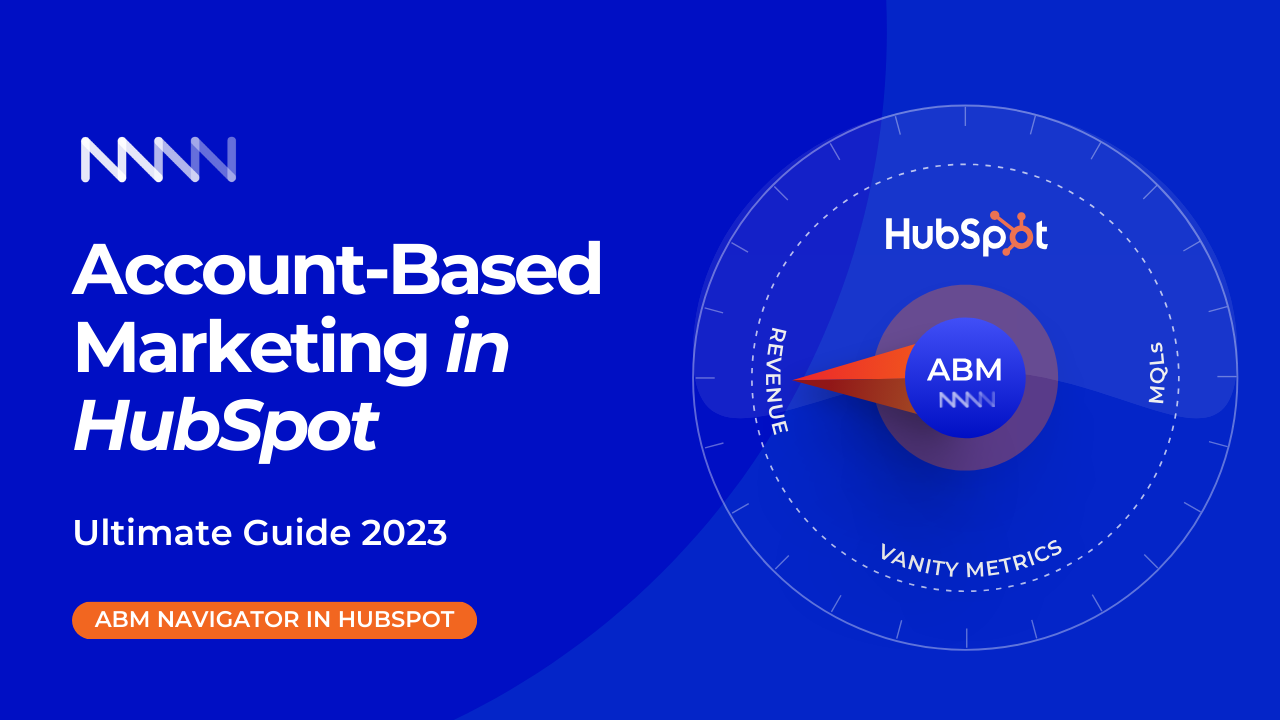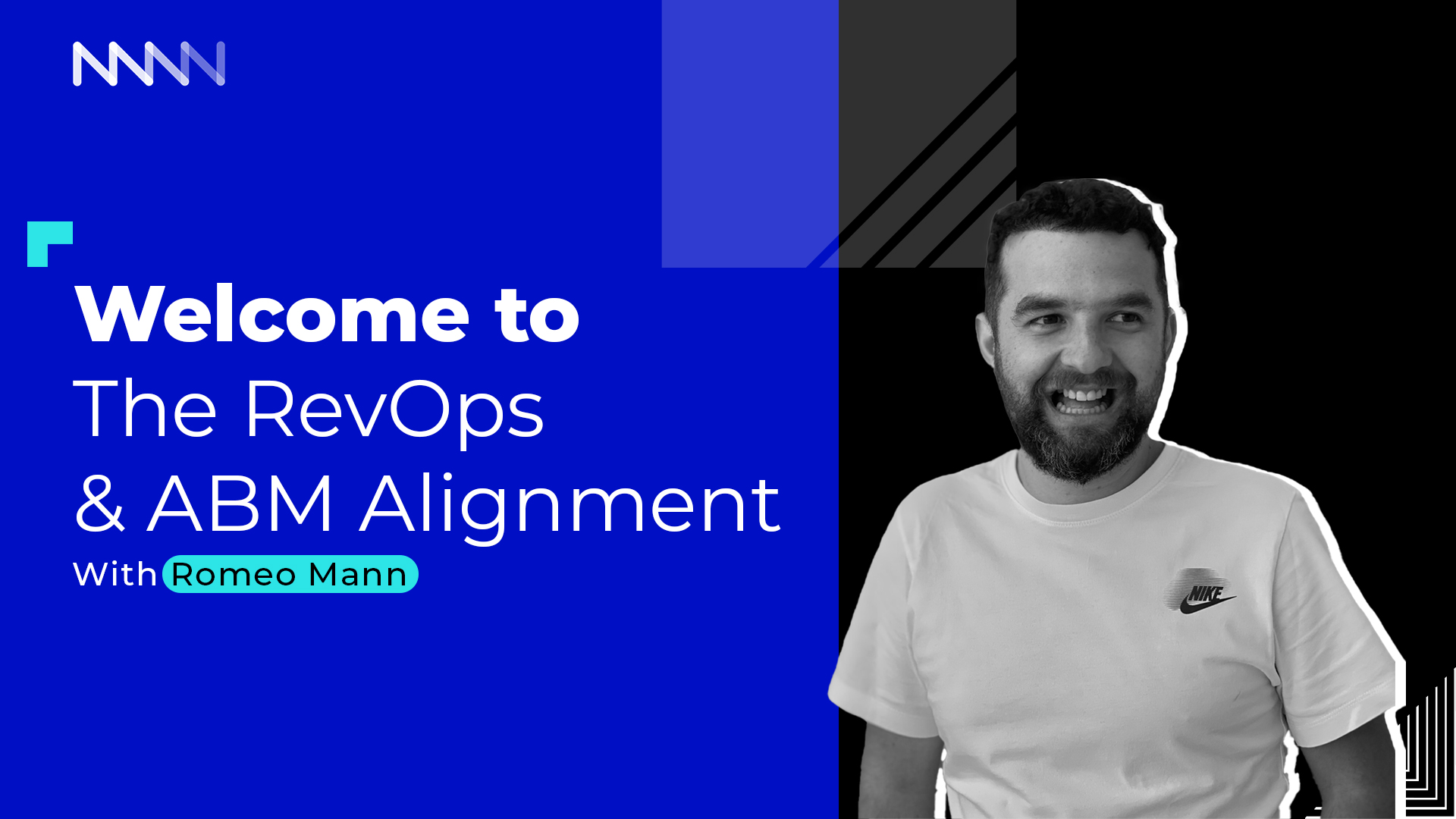RevOps & ABM Alignment Podcast
RevOps & ABM Alignment Podcast
LATEST EPISODES
If you want to find out how lifecycle stages and lead statuses can work together to supercharge your business performance, you're in a good place.
After reading this article, you'll know everything about how to combine these 2 properties in HubSpot to guide your teams' actions like GPS.
We'll cover crucial lifecycle stages and lead statuses definitions, differences, triggers, and best practices for both of them.
Shall we?
Table of Contents
Lifecycle stages represent the sequential steps that your customers follow, starting from their initial interaction with your marketing efforts through their purchase process, up until onboarding and renewal.
In a more techy way...
The lifecycle stage is a property of a contact or a company that defines where in the customer journey said object currently resides.

Absolutely, we highly recommend that you do so.
This is something you couldn't change up until the recent HubSpot update. Now you are allowed to customize lifecycle stages and tailor them to your unique journey and business processes.
To edit and change customer lifecycle stages you can simply go to settings > objects > contacts > lifecycle stages tab > edit/change lifecycle stages in HubSpot

They are focused on a new business, neglecting the existing business part of the bowtie. If you end on a customer lifecycle stage, you can't tell if your customer finished an onboarding, received an impact, or turned into a recurring customer that reached a lifetime value.
To truly thrive, you need end-to-end visibility across your entire funnel, measuring both new and existing business metrics:

It's crucial to win new opportunities, but... existing business - upsell, cross-sell, and renewal are the secret sauce that spices up your growth recipe.


(if you're not familiar with Data Model, check this framework from Winning by Design)
They allow you to identify areas for improvement and drive business growth.
If you are not able to measure your lifecycle stages.
STOP everything you do and get Lifecycle Stages right.
(credits to Matt Bolian, Co-founder of RevPartners and Supered)
Find weaknesses in your conversion rates and identify the highest-value accounts so you can focus on the type of companies that are getting the most from your product or service.

Measure your sales cycle and work on team and buyer enablement to improve to progress from one stage to another faster.

Combine lifecycle stages with lead statuses to identify what is happening with contacts at each stage of a journey.

Track volumes over time and control business health trends.

Before you dive into the triggers, make sure you're all on the same page. You need crystal-clear lifecycle stage definitions that everyone in the company can high-five over.
Companies build their own unique mix of lifecycle stages and definitions. There are common reasons for choosing different metrics:
✨ Different customer journeys
🎯 Customized goals and objectives for each company
🤝 Diverse sales and marketing team responsibilities
🏢 Impact of organizational structure
🌍 Complexity of the go-to-market complexity
As a result, the construction of the funnel varies depending on the company's stage and maturity but.. you can clearly see there are legit market benchmarks you should leverage to get it right.

To automate lifecycle stages, you need clear actions that will prompt a certain contact to move from one phase to another.
PRO TIP: Define triggers individually for each go-to-market motion.

That is a big pain for a lot of companies that want to track Lifecycle Stages on a company level, not on a contact level. Here is the recipe.
1. Contact level: Each contact has its own customer lifecycle stage
2. Company level: The company inherits the highest stage of a contact

Lifecycle stages show you where the customers are in their journey, but they don't tell you what your teams should do with them. This is where lead statuses come in.
Lead statuses relate directly to the specific actions your sales team is taking when a contact is in a specific lifecycle stage.

For that reason, lead statuses are a base for sales-level agreements (SLAs)

Working in combination, these two properties provide a full picture of the prospect.

Watch the below video to see how Lifecycle Stages & Lead Statuses work in practice for your sales team.
What a ride, huh?
As you see, lifecycle stages and lead statuses are critical for your business performance and visibility.
If set up right, they give you insights into a full customer journey and guide your go-to-market team's actions like a GPS.
But if you botch the job...
Your teams are operating in the dark. They start guessing instead of acting based on key customer data.
And your funnel reports? Totally useless.
So, to make sure we didn't miss anything, let's wrap the whole thing up.



